What are the guidelines for analysis of the poem "Rằm tháng Giêng" in 2025? Who will select 7th-grade Literature textbooks in Vietnam?
What are the guidelines for analysis of the poem "Rằm tháng Giêng" in 2025?
The poem "Rằm tháng Giêng" is one of President Ho Chi Minh's famous works. It was composed in 1948 during the resistance war against French colonialists when Uncle Ho and his comrades were discussing work on a full moon night of January.
Below are two sample analyses of the poem "Rằm tháng Giêng" in 2025:
Analysis of the Poem "Rằm tháng Giêng" Sample 1
The poem "Rằm tháng Giêng" (Full Moon Night of January) was composed by President Ho Chi Minh in 1948, during the intense struggle against French colonialists. In this context, the poem both reflects an optimistic spirit, love for nature, and reflects the great responsibility of Uncle Ho and his strong belief in the future of the revolution.
Nguyên tiêu dạ bán nguyệt chính viên
Xuân giang xuân thủy tiếp xuân thiên
In the first two lines, the image of nature appears with brilliant and harmonious beauty. The full round moonlight illuminates the spring river, water blends with the sky, creating a space full of vitality. The word "spring" is repeated three times to emphasize the spring's abundance in the scenery, simultaneously containing symbolic meaning for renewal, filled with hope. Through this, we can sense Ho Chi Minh's poetic soul, always moved by the beauty of nature even in difficult circumstances.
Yên ba thâm xứ đàm quân sự
Dạ bán quy lai nguyệt mãn thuyền
In the next two lines: The beautiful picture of nature serves as the backdrop for military discussions. In the tranquility of the spring night, the moonlight witnesses the plans and concerns for the revolutionary cause. The final line, with the image of a "full moon on the boat," not only depicts nature but also carries profound symbolic significance. The moonlight filling the boat evokes a sense of abundance and completeness, simultaneously expressing faith in the revolution's victory and a bright future for the nation.
This poem uses the four-line verse form, with compact yet image-rich and meaningful language. Nature in the poem is not just scenery but also intertwined with the revolutionary ideal, demonstrating Ho Chi Minh's deep attachment to the country and its people.
"Rằm tháng Giêng" is a uniquely lyrical-revolutionary poem, filled with the breath of nature and vibrant with optimism, love for life. Through the poem, readers can not only see Uncle Ho's love for nature and life but also perceive the strength and responsibility of a leader always dedicated to the people and the country. The work leaves a profound value on both artistry and ideology.
Analysis of the Poem "Rằm tháng Giêng" Sample 2
The poem "Rằm tháng Giêng" (Full Moon Night of January) by Ho Chi Minh is not only a lyrical revolutionary poem but also a beautiful landscape painting, imbued with romance. Through succinct verses, Ho Chi Minh skillfully intertwines his love for nature, revolutionary optimism, and masterful artistic talents.
Nguyên tiêu dạ bán nguyệt chính viên
Xuân giang xuân thủy tiếp xuân thiên
The image of nature is vividly portrayed in the first two lines with harmony and vitality. The full round moonlight shines down on the spring river, blending with the clear sky, creating a bright and peaceful space. The word “spring” repeated three times not only emphasizes the spring's lushness but also carries symbolic meaning for freshness and hope. The natural scenery emerges like a watercolor painting, both romantic and subtle.
Yên ba thâm xứ đàm quân sự
Dạ bán quy lai nguyệt mãn thuyền
Amidst this poetic natural setting, Ho Chi Minh and his comrades diligently discuss military affairs. What is notable here is that nature does not overshadow the revolutionary work; instead, the moonlight becomes a witness to the determination and concerns for the nation. The image “full moon on the boat” both describes the lyrical beauty of nature and carries symbolic meaning. The full moonlight not only symbolizes abundance and completeness but also evokes faith in a victorious future.
With the concise four-line verse form, the poem skillfully combines romantic natural images with noble revolutionary ideals. The language in the poem is rich in imagery, with nature being both concrete and intimately close while bearing profound meaning.
The poem "Rằm tháng Giêng" illustrates Ho Chi Minh’s love for nature and delicacy, while also showing the harmonious bond between poetry and revolutionary ideals. The work leaves a deep impression not only in terms of artistry but also of ideology, exemplifying Ho Chi Minh's artistic talent and resilient spirit during challenging times.
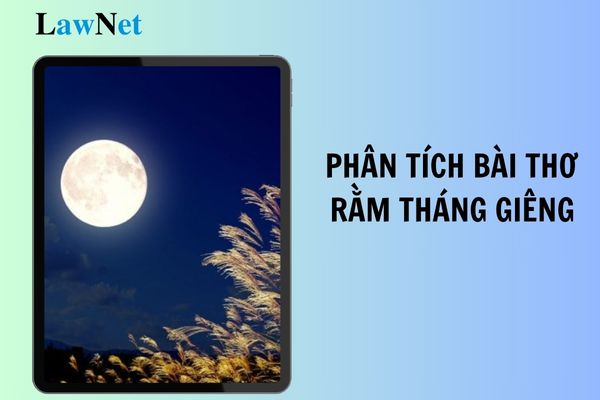
What are the guidelines for analysis of the poem "Rằm tháng Giêng" in 2025? Who will select 7th-grade Literature textbooks in Vietnam? (Image from Internet)
Who will select 7th-grade Literature textbooks in Vietnam?
According to Article 18 of the Regulations issued with Circular 32/2020/TT-BGDDT:
Textbooks, teaching equipment and reference documents
1. Textbooks used in secondary schools must be approved by the Minister of Education and Training; provincial People’s Committees shall select textbooks according to regulations of the Ministry of Education and Training. Secondary schools shall provide guidance on use of textbooks for their teachers and students as prescribed by law.
2. Teaching equipment used in secondary schools must be included in list of teaching equipment promulgated by the Ministry of Education and Training or required by general education curricula.
3. Secondary schools shall select and equip teaching equipment and reference documents supporting teaching and educational activities in compliance with regulations of the Minister of Education and Training.
Therefore, the provincial People's Committee selects 7th-grade literature textbooks. Secondary schools guide teachers and students in using textbooks according to legal regulations.
What is the basis for formulating the educational plans for 7th-grade students by secondary schools in Vietnam?
According to Article 17 of the Regulations issued with Circular 32/2020/TT-BGDDT, the secondary schools in Vietnam formulate the educational plans for 7th-grade students based on:
- subject-centered curricula and
- educational activities of general education curricula,
- academic year plans and actual capacity of each locality and each school
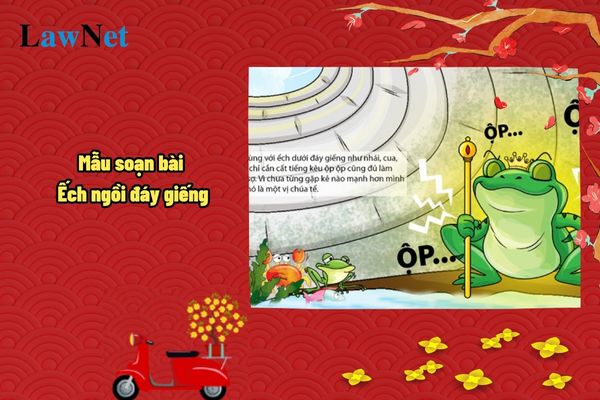
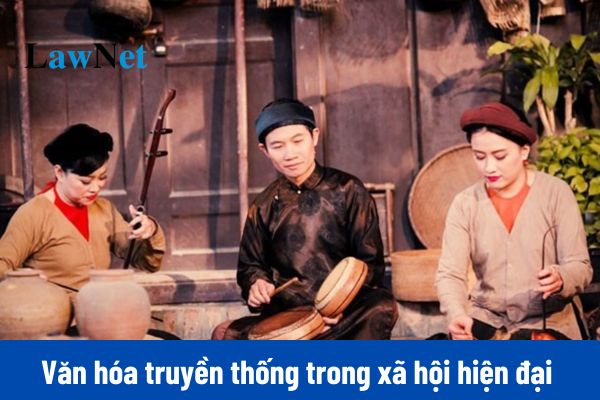
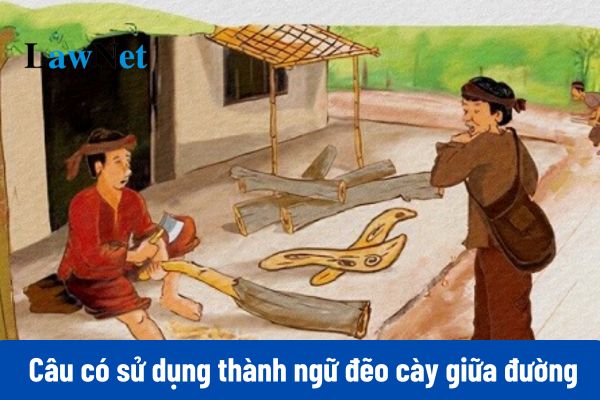
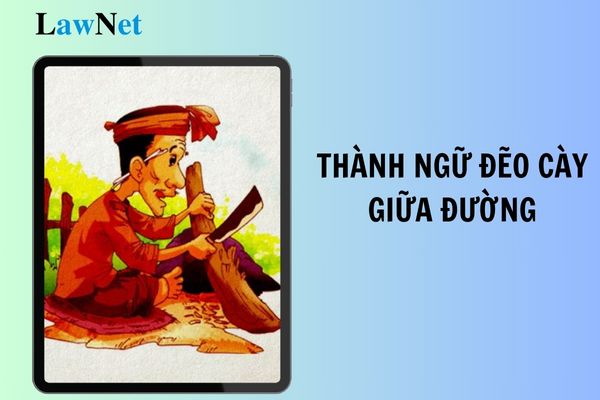

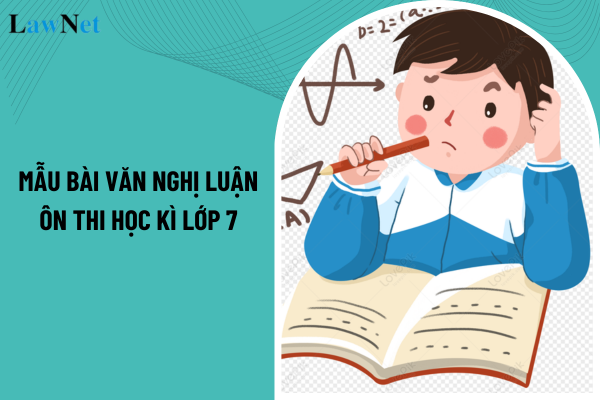
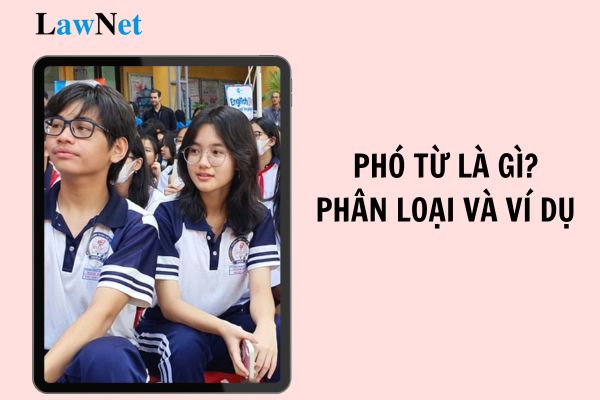
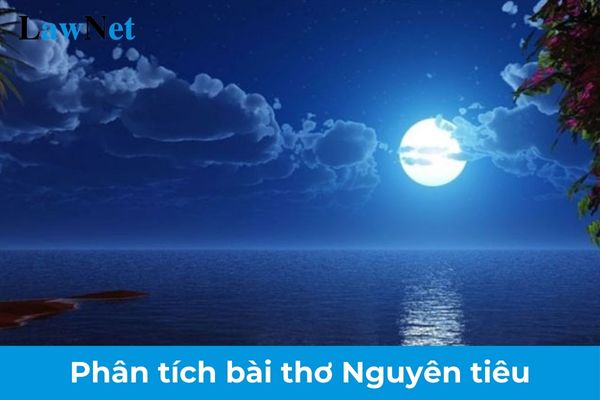
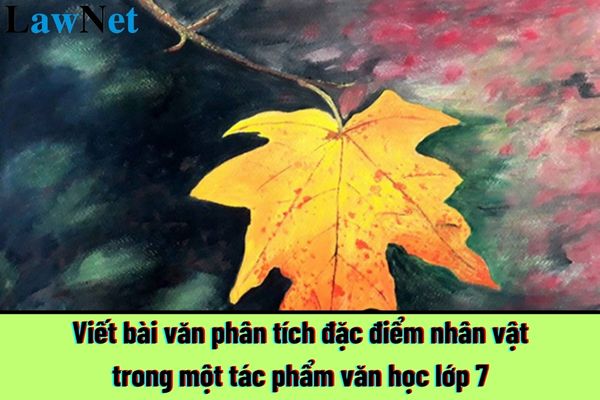
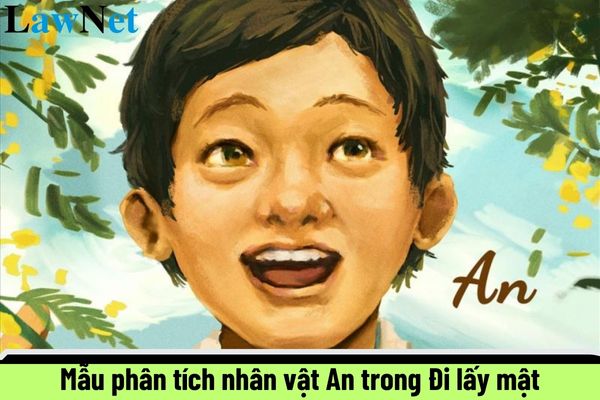
- What are concepts of description and descriptive writing and examples thereof? What is the educational level at which students in Vietnam will learn to write a descriptive paragraph showing emotions and imagination?
- What are the 50+ answers to Round 3 of the "Learn about the 75th anniversary of the Traditional Day of Vietnamese Students and the Vietnamese Student Association" contest 2025?
- What are the answers to Round 3 - PRIDE of the "Learn about the 75th anniversary of the Traditional Day of Vietnamese Students and the Vietnamese Student Association" contest 2025?
- Is Circular 30/2024/TT-BGDDT on Regulations on enrollment for the lower and upper secondary education programs in Vietnam available?
- What is the sample lesson "Đồng chí" for 8th-grade students in Vietnam? What is the basis for proactively giving orientations in teaching methods for the 8th-grade Literature curriculum by teachers in Vietnam?
- What are the most common templates of the Tet holiday notices of schools in Vietnam? What are the State policies for teachers in Vietnam?
- What is the sample feedback on specific competencies of students in Vietnam according to Circular 27? What are the steps for selecting textbooks used at the primary level in Vietnam?
- What are the Top 2 sample lesson plans for learning about the Lunar New Year for 5-of-age children in Vietnam? What are the current requirements regarding methods of preschool education in Vietnam?
- What are the Top 6 sample paragraphs on fulfilling promises to parents for 3rd-grade students? What are the learning rights of 3rd-grade students in Vietnam?
- What are the sample short paragraphs about Tet in English for 6th-grade students? What are the suggested themes for teaching English across different education levels in Vietnam?

